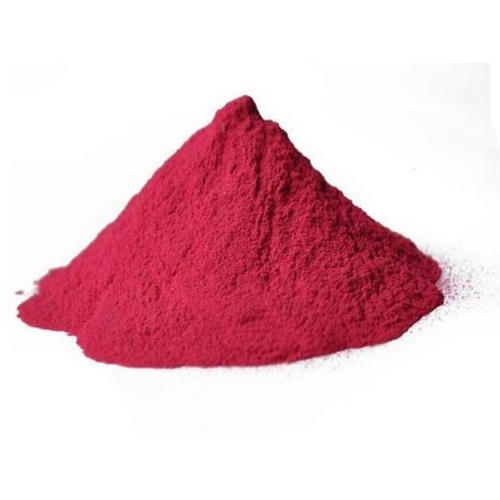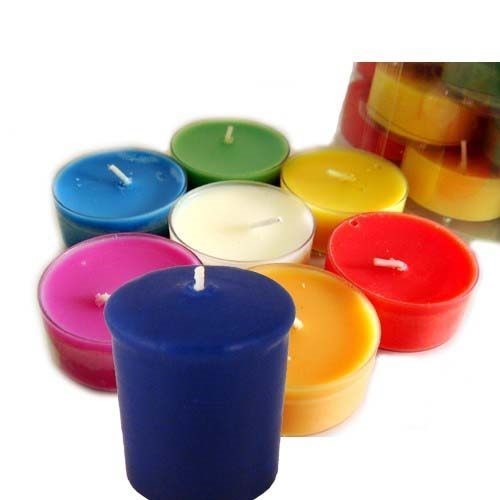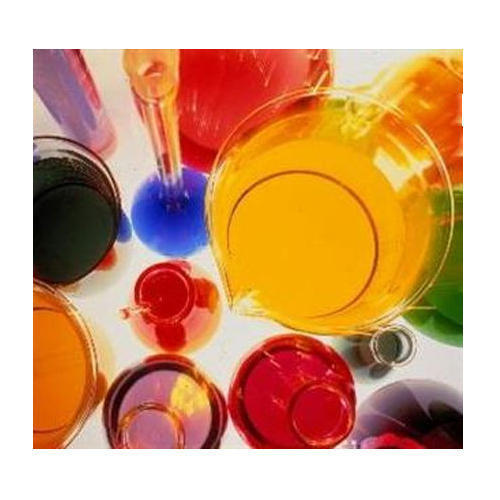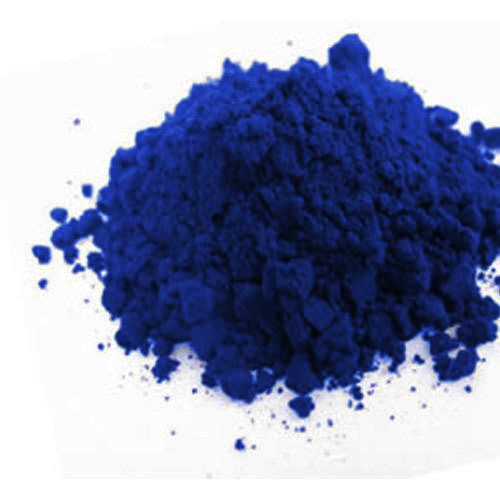Cationic Dyestuff
MOQ : 1 Kilograms
Cationic Dyestuff Specification
- Resistance
- Excellent Light and Washing Fastness
- Smell
- Odorless
- Other Names
- Basic Dyes, Basic Cationic Dye
- Structural Formula
- Available on request
- Boiling point
- Not Applicable (decomposes)
- Molecular Formula
- C16H18ClN3O
- Taste
- Bitter
- Molecular Weight
- 303.79 g/mol
- Refractive Rate
- Not determined
- Ph Level
- 5-7 (1% solution)
- Poisonous
- Non-poisonous
- Density
- 0.8 Gram per cubic centimeter(g/cm3)
- CAS No
- 12221-69-1
- Purity
- 99%
- Physical Form
- Solid
- Solubility
- Soluble in Water
- Grade
- Industrial Grade
- Shape
- Powder
- Melting Point
- Above 180C
- EINECS No
- 235-425-2
- Appearance
- Bright Powder
- HS Code
- 32041329
Cationic Dyestuff Trade Information
- Minimum Order Quantity
- 1 Kilograms
- Supply Ability
- 50000 Kilograms, , Per Week
- Delivery Time
- 3-7 Days
About Cationic Dyestuff
Cationic dyestuffs are a type of dye that carries a positive charge. They are commonly used in dyeing materials like acrylic fibers, nylon, and silk. The positive charge of cationic dyes enables them to bond effectively with the negatively charged surfaces of these synthetic fibers.
Here are some key points about cationic dyestuffs:
1. Chemical Structure: Cationic dyes typically contain a nitrogen-containing group, such as amino or ammonium groups, which impart the positive charge to the dye molecule.
2. Dyeing Process: The dyeing process with cationic dyestuffs often involves immersing the fabric or yarn in a dye bath containing the cationic dye and then applying heat to fix the dye onto the fiber surface. Some cationic dyes may require the use of additional chemicals, such as acids or salts, to enhance the dyeing process.
3. Environmental Considerations: Like all dyestuffs, the environmental impact of cationic dyes depends on factors such as their chemical composition, application method, and waste treatment practices. Efforts are underway to develop more sustainable and environmentally friendly dyeing processes, including the use of alternative dyeing methods and eco-friendly dye formulations.
Cationic dyestuffs play a crucial role in the textile industry, providing a wide range of colors and effects for synthetic fibers used in various applications. As with any dyeing process, proper handling and disposal practices are essential to minimize environmental impact and ensure worker safety.
Key Features and Applications
C.I. Basic Violet 10 stands out for its vivid shade, superior purity, and high staining strength, making it highly effective for dyeing textiles, paper, leather, and polymers. Its cationic character allows excellent bonding with acrylic fibers and modified polyester. Notably, it is stable in solid form, odorless, non-poisonous, and provides outstanding resistance to light and washing, ensuring lasting brilliance in finished products.
Storage and Handling Recommendations
To maintain product stability and performance, store C.I. Basic Violet 10 in a cool, dry place, away from moisture and direct sunlight. Ensure containers remain tightly sealed when not in use. Under these conditions, the dyestuff remains stable and effective for up to two years, minimizing wastage and maintaining performance standards across applications.
FAQs of Cationic Dyestuff:
Q: How should C.I. Basic Violet 10 be stored to ensure maximum shelf life?
A: Store the product in a cool, dry location away from direct sunlight, with containers tightly sealed. When stored under these optimal conditions, the dye maintains its stability and efficacy for up to 2 years.Q: What industries and materials is this cationic dyestuff suitable for?
A: C.I. Basic Violet 10 is ideal for use in textile dyeing, paper production, leather processing, and polymer coloring. Its cationic nature makes it especially compatible with acrylic fibers and modified polyester.Q: When is the best stage to apply this dye in textile manufacturing?
A: This dyestuff should be introduced during the dyeing phase, where it efficiently bonds with the fibers, imparting vibrant, long-lasting color, particularly on acrylic and modified polyester materials.Q: What is the process for using this dye in textile applications?
A: Dissolve the bright powder dye fully in water to create a uniform dye solution, maintaining the recommended pH level between 5 and 7. Apply to the substrate using standard dyeing techniques for optimum staining strength and color fastness.Q: What are the benefits of selecting C.I. Basic Violet 10 for coloring applications?
A: The dye offers excellent staining strength, high purity, minimal moisture content, and outstanding resistance to light and washing, ensuring vibrant colors and reliable performance in end products.Q: Is this cationic dye safe and environmentally sound for industrial use?
A: Yes, C.I. Basic Violet 10 is non-poisonous, odorless, and formulated for safe handling in industrial environments when standard safety protocols are observed.
Tell us about your requirement

Price:
Quantity
Select Unit
- 50
- 100
- 200
- 250
- 500
- 1000+
Additional detail
Mobile number
Email
More Products in Fine Chemical Category
Candle Dyes
Price 70 INR
Minimum Order Quantity : 1 , , Kilograms
HS Code : 3204.19.00
Poisonous : Other, Nonpoisonous (when used as directed)
Ph Level : Neutral (pH 6.07.5 in solution)
Appearance : Powder, Flakes, Granules (varies by color and form)
Synthetic Dyestuff
Price 55 INR
Minimum Order Quantity : 1 Kilograms
HS Code : 3204
Poisonous : Yes
Ph Level : 6.07.5
Appearance : Powder or Granules
Lake Colour
Price 70 INR / Kilograms
Minimum Order Quantity : 1 , , Kilograms
HS Code : 320300
Poisonous : Other, No
Ph Level : 6.08.0
Appearance : Powder
"We only deal in Foreign Markets"
 |
MEGHA INTERNATIONAL
All Rights Reserved.(Terms of Use) Developed and Managed by Infocom Network Private Limited. |
 English
English Spanish
Spanish French
French German
German Italian
Italian Chinese (Simplified)
Chinese (Simplified) Japanese
Japanese Korean
Korean Arabic
Arabic Portuguese
Portuguese
 Send Inquiry
Send Inquiry




